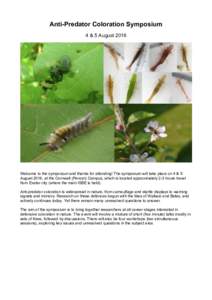 Date: 2016-07-29 02:33:25Antipredator adaptations Camouflage Mimicry Warning coloration Predation Aposematism Animal coloration Batesian mimicry Anti-predator adaptation Poison dart frog Military camouflage Disruptive coloration | |  Anti-Predator Coloration Symposium 4 & 5 August 2016 Welcome to the symposium and thanks for attending! The symposium will take place on 4 & 5 August 2016, at the Cornwall (Penryn) Campus, which is located approximately Anti-Predator Coloration Symposium 4 & 5 August 2016 Welcome to the symposium and thanks for attending! The symposium will take place on 4 & 5 August 2016, at the Cornwall (Penryn) Campus, which is located approximately
Add to Reading ListSource URL: 32h9ut3dnb6h26n8oe14b6in.wpengine.netdna-cdn.comDownload Document from Source Website File Size: 1,16 MBShare Document on Facebook
|

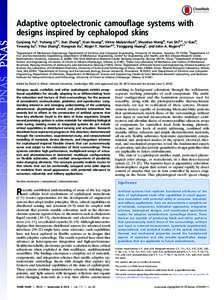
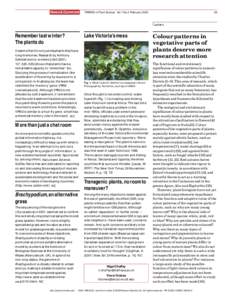
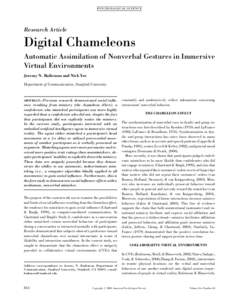

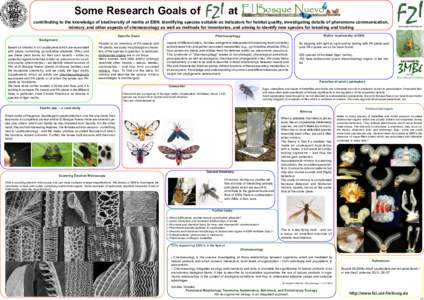
 Anti-Predator Coloration Symposium 4 & 5 August 2016 Welcome to the symposium and thanks for attending! The symposium will take place on 4 & 5 August 2016, at the Cornwall (Penryn) Campus, which is located approximately
Anti-Predator Coloration Symposium 4 & 5 August 2016 Welcome to the symposium and thanks for attending! The symposium will take place on 4 & 5 August 2016, at the Cornwall (Penryn) Campus, which is located approximately